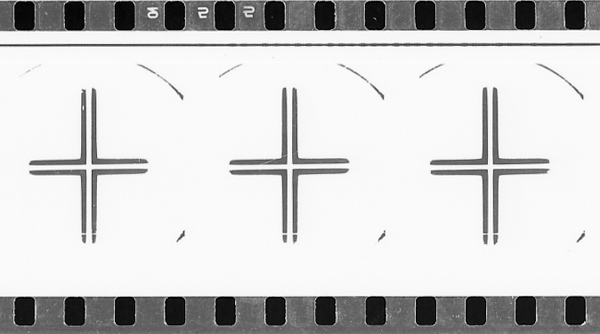Cinexpérimentaux #7: Stéphane Marti

Synopsis
"A filmmaker and academic, Stéphane Marti has pursued cinema as a visual art form, divorced from the codes of the dominant narrative cinema, since 1976. He is a passionate and militant advocate of Super-8, a filmmaking tool which he has used for 30 years.His work has been shown in festivals and international presentations and has elicited numerous articles and interviews. His flamboyant, baroque and sensual style focuses principally on the Body and the Sacred.
Baroque shades of red and gold fill the frame and dominate the colour palette. These pure colours are captured by a mobile, trembling camera, whose gaze is projected with desire towards the bodies of the actors. The plasticity of the masculine subject's skin is the axis of its gaze.
Stéphane Marti loses his frame, rediscovers it, overfills it. An active sensuality accumulates from the intimate gestures of desire. The camera finds no recourse or fixed position, but is sensitive to the suggestive languor of the body. The living eye captures its subjects, and luxuriant editing brings them together, held in the impulse of irrevocable gesture.
Marti plays with the proximity of his subjects to one another, composing plastic variations in choreography. The tradition of his predecessors is incessantly evoked; first and foremost that of Michel Journiac, who frequently works with the changing identities of his subjects, from object to actor. Like Journiac, Stéphane Marti celebrates rituals surrounding desire and death. Eros and Thanatos suffuse a mythology interwoven with themes of antiquity, unbridled sexuality, and traditions of cinema." – Michel Amarger, Frédérique Devaux
"A few years ago, Stéphane Marti wanted to make a 'traditional' feature-length fantasy film, but was quickly disillusioned by the French production system. His experimental films often question or evoke the fantastical with a baroque construction of images or with references to archetypes of Western civilization, such as in the splendid Le Veau D'or.
Mira Corpora embodies this impulse; a rite carried out to splendid and encrypted psalms. The Grand Master of the Order (Marcel Maze, new fetish actor of the director, following Aloual) subordinates his young male prey with a working film projector, engraving images from Murnau's Nosferatu on their bodies. It is no longer a book which provides inspiration for the artist, but the fluid images of film grafted directly onto the skin of the adolescents in a strange nuptial rite. Flesh and celluloid! The sacrificial victim, Samuel Ganes, like Hutter in Nosferatu, joyfully crosses the bridge to his demise and/or his redemption.
The ritual is prepared and executed by two priestesses, two prophetesses: Sarah Darmon, who introduces us to the locus of the 'cult', and Elodie Jane, who closes the ceremony and seals the destiny of the souls.
In many of his works, Marti, the Dionysian minstrel of gay culture, uses actresses in order to feminize the masculine bodies, silhouettes and identities. This ambiguity is found once more in Mira Corpora and impregnates the very substance of the film and its diagetic fluxions.
Metamorphoses, rites of passage, Eros and Thanatos, illusion and reality, and film within a film are the key themes and images in perpetual osmosis within this, his latest opus." – Raphael Bassan
Film Listing
- Cinex # 7: Stephane Marti (Michel Amarger, Frédérique Devaux, 2003-05, 16’30 mins)- Allegoria (Stéphane Marti, 1979, 14 mins)
- Diasparagmos (Stéphane Marti, 1980, 13 mins)
- Mira Corpora (Stéphane Marti, 2004, 45 mins)
Special Features
- Les Actants (Michel Amarger, Frédérique Devaux, 2003-05, 5 mins)- La Conception Sonore (Michel Amarger, Frédérique Devaux, 2003-05, 5 mins)
- Booklet of texts on the filmmaker by Michel Amarger and Frédérique Devaux